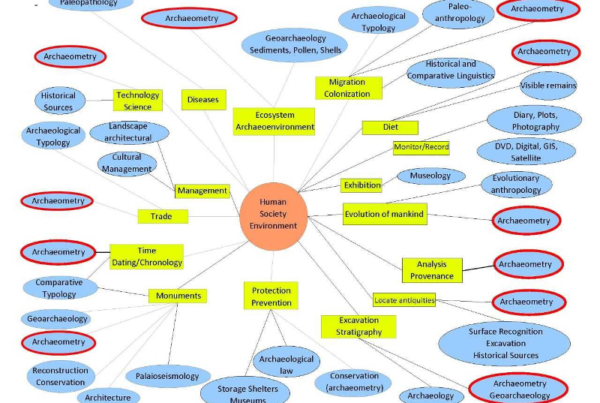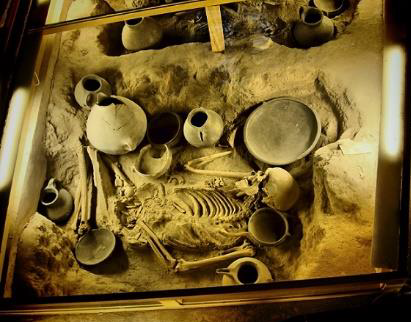By Shehata A. Abdelrahim, Khaled Elnagar and Abd El Rahman Mohamed
ABSTRACT
The canopic jar studied here is from the Grand Egyptian Museum (GEM), Giza, Egypt, and dates back to the Late Period (712-332 B.C). The jar contains bandages of textile contain mummy viscera with resin and black resin blocks. This study aims to use analytical techniques for the isolation and identification of fungi, and the components of the jar, its contents, pigments, previous restoration materials and to evaluate its deterioration aspects. Spectroscopy techniques applied included: optical microscopy (OM), scanning electron microscopy (SEM), X-ray fluorescence spectroscopy (XRF), X-ray diffraction (XRD), and Fourier transform infrared spec-troscopy (FTIR). The results revealed that the jar was carved from dolomite limestone, contained red hema-tite pigment, mastic resin, linen textile bandages, and from earlier adhesive of animal glue and gypsum from previous conservation efforts. The most dominant microbial infection on the jar was the fungi of Penicillium waksmanii, Nigrospora sphaerica, Actinomycetes sp and Spore-Forming Gram-Positive Bacilli. Conservation proce-dures have been applied with high accuracy to conserve the jar including mechanical and chemical cleaning, re-assembling, completion and consolidation.
![]()



